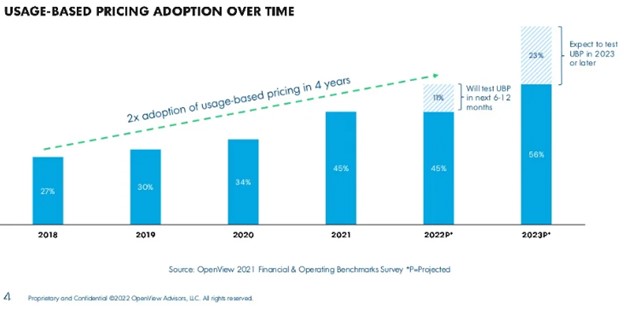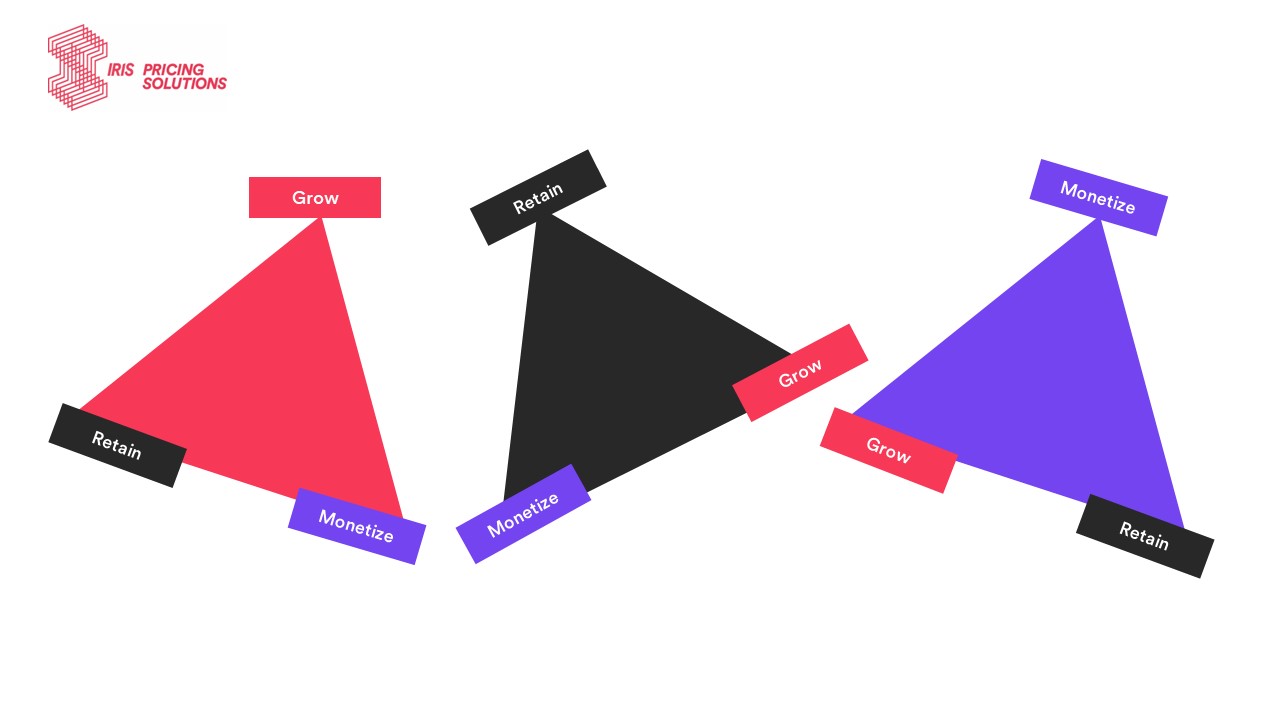Refocusing Your SaaS Strategy
Over the past decade, numerous SaaS companies have emerged and experienced success. To achieve this success, SaaS companies have focused on managing three main levers: growth, retention, and monetization. Of these three, growth has been the main priority for SaaS organizations. However, as market and economic conditions change, SaaS companies are now shifting their attention to the other two levers.
Retention:
SaaS companies that prioritize retention understand that it is more cost-effective and profitable to focus on existing customers to drive growth. Companies are now focusing on improving profitability to expand their share of wallet with the customers that fueled their growth. A retention mindset encourages companies to develop better customer experiences, drive usage, introduce valuable add-ons, and improve customer engagement. Successful SaaS companies have found highly effective ways to remove friction in the critical renewal process. For example, ProfitWell helps SaaS companies reduce customer churn by identifying and managing the process of credit card expirations. There is a whole science focused on account retention that continues to emerge as companies prioritize this critical part of their SaaS business.
Monetization:
 Another strategic pivot for many SaaS organizations is putting monetization at the top of the pyramid. Monetization focuses on optimizing value capture through the smart implementation of pricing metrics, price levels, and market segmentation strategies. Companies that prioritize monetization are constantly evaluating and experimenting with price metrics and levels that are better aligned with how customers benefit from the solution. They seek to tie price to value more effectively to optimize their value capture strategies. A recent study by OpenView Partners shows that companies are increasingly implementing a usage-driven price metric as a more effective way to both deliver and capture value. This highlights the importance of tweaking and testing new price metrics to achieve business objectives.
Another strategic pivot for many SaaS organizations is putting monetization at the top of the pyramid. Monetization focuses on optimizing value capture through the smart implementation of pricing metrics, price levels, and market segmentation strategies. Companies that prioritize monetization are constantly evaluating and experimenting with price metrics and levels that are better aligned with how customers benefit from the solution. They seek to tie price to value more effectively to optimize their value capture strategies. A recent study by OpenView Partners shows that companies are increasingly implementing a usage-driven price metric as a more effective way to both deliver and capture value. This highlights the importance of tweaking and testing new price metrics to achieve business objectives.
Additionally, a big part of a monetization-led strategy is developing robust processes for raising prices on existing offerings especially as the value of those offerings increases over time. Raising prices for many organizations that lack the confidence and a robust process is a very delicate and emotional subject, especially when the company has avoided those difficult price increase conversations with customers for years. To bring an objective view into the effectiveness of raising prices it is important to assess the breakeven point between increasing revenue and margin through price increases and the potential loss in customer retention. Typically, what we see in SaaS is that a 10% price increase requires a customer retention rate of 89%. In other words, if we can retain more than 89% of customers after executing a 10% price increase then the business will see a boost in profitability.
Finally, a third component of effective monetization is the execution of price discounts. For many of our customers, discounts play a big role in driving sales. However, if discounts are not managed carefully, it may lead to the habitual use and even abuse of discounting and that could have a significant impact on profitability. It is important to have clear discounting guidelines that the organization can adhere to prevent the potential abuse of this useful sales tool. Successfully managing value capture through pricing and monetization strategies requires planning, confidence in the value your solution delivers, and the ability to articulate your unique differentiation to customers. We often recommend equipping sales teams with the tools they need to succeed, like developing actionable playbooks for handling price objections and boosting negotiating abilities aimed at improving outcomes. To drive confidence companies must develop tools and models that equip their commercial teams with the ability to demonstrate value proactively at every stage of the customer journey.
As SaaS companies shift their focus towards retention and monetization, it’s important to note that these levers aren’t mutually exclusive. In fact, they are interdependent and should be managed in tandem. For instance, a company that has a strong retention strategy can more easily experiment with different monetization models. By maintaining a loyal customer base, SaaS companies can better understand their customers’ needs and adjust their pricing strategies accordingly. Similarly, a company that has a strong monetization strategy can use pricing as a way to incentivize customer retention. For example, by offering discounts to customers who commit to longer contracts or higher usage levels, companies can drive customer loyalty while also increasing revenue.
In summary, while growth has been the main driver for SaaS companies in the past, a shift towards retention and monetization is becoming increasingly important. By focusing on these levers in tandem, SaaS companies can drive profitable growth while maintaining customer loyalty and satisfaction.
Ready to Refocus Your SaaS Strategy for Long-Term Success? Partner with Iris Pricing Solutions today and Unlock the Power of Retention and Monetization.





